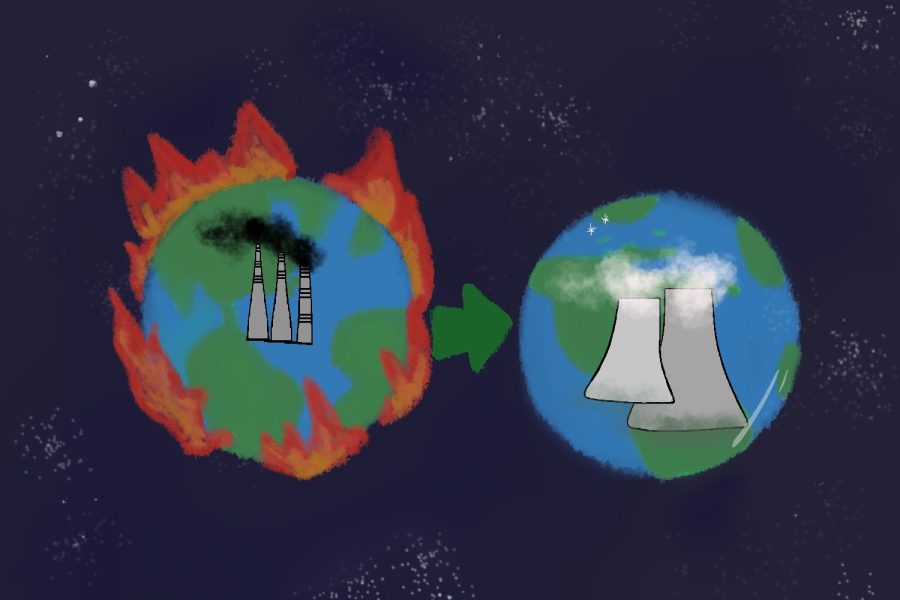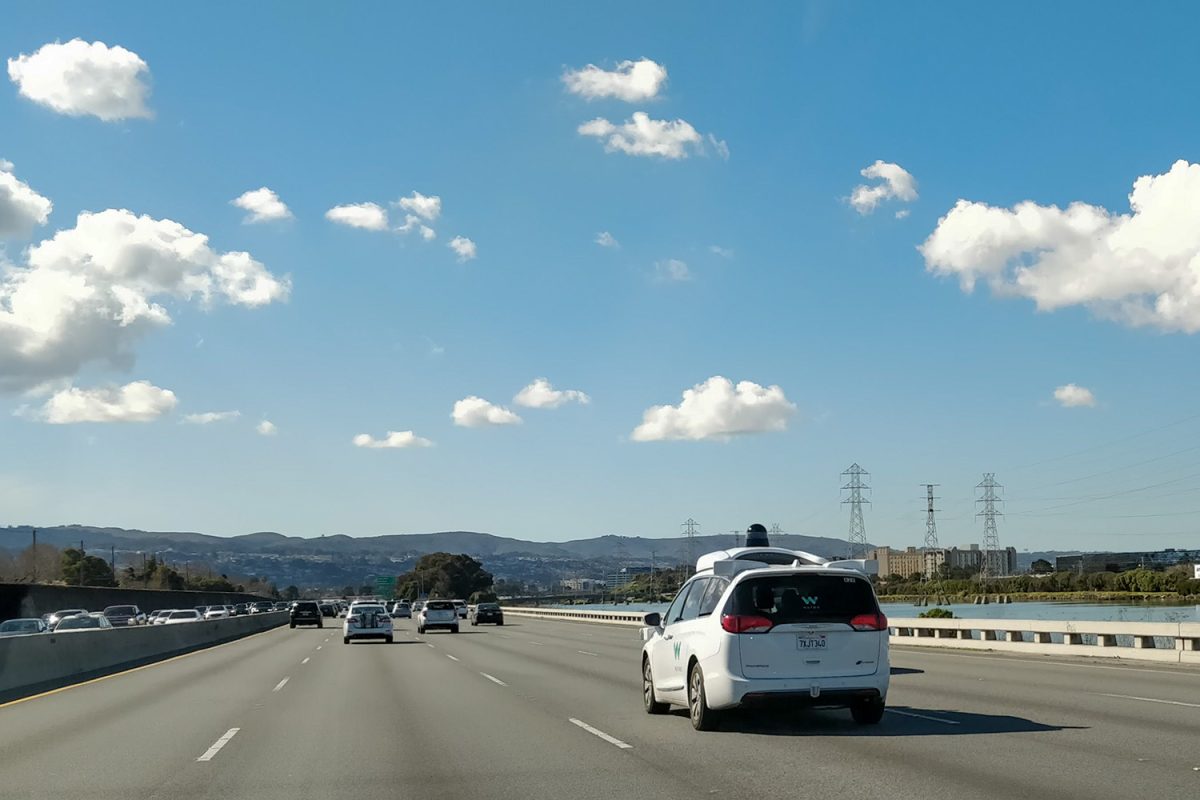Underground and pressurized for millions of years, plankton and plants decompose into natural gas, oil, and coal — fossil fuels. Using coal mining and the drilling of oil and gas wells, these resources are extracted from the Earth and later burned to release energy.
Sixty-one percent of the energy used in the United States comes from fossil fuels, according to the U.S. Energy Information Administration. Environmental specialists have reported that the shift to clean energy is more imperative than ever as the devastating impact of fossil fuels becomes increasingly apparent and the imminent exhaustion of materials nears.
Fossil fuels themselves are not dangerous to our environment or public health. It is the process of extraction and combustion into energy that contributes to air pollution.
“When fossil fuels are burned, they emit greenhouse gases like carbon dioxide that trap heat in the Earth’s atmosphere and contribute to climate change. In 2019, fossil fuels accounted for 74% of U.S. greenhouse gas emissions,” said Savannah Bertrand, a Policy Associate at the Environmental and Energy Study Institute.
Persisting with the current fossil fuel combustion rates would continue the rise in average temperature, which has detrimental impacts on human health and global conditions. If the switch to clean energy does not happen soon, it will be forced in approximately 30 years when the natural supply of fossil fuels is depleted, according to the Millennium Alliance for Humanity and the Biosphere.
There are many alternatives to fossil fuels: solar energy, hydroelectric power, wind energy, and most recently, nuclear energy. The sustainability of each energy source must be taken into account before use, and their efficiency is also an important component to consider.
The capacity factor of an energy source is the percentage of time throughout the year when it generates maximum energy. Nuclear energy has the highest capacity factor. According to the Office of Nuclear Energy, it had a capacity factor of 92.5% in 2020. After nuclear energy, geothermal is the second most efficient source, followed by natural gas, hydropower, coal, wind, and lastly, solar.
Each energy source has unique advantages, but they are also each accompanied by constraints that can heavily impact their production.
Although it is the most efficient, nuclear energy has a negative portrayal in the media and in public opinion due to its radioactive waste and past history of accidents.
“The popular perception of nuclear energy is that it is the most dangerous way to make electricity. Similar to how people fear airplanes, people irrationally fear nuclear energy. Even though airplanes are some of the safest forms of transportation, when an airplane goes down, it makes the headlines,” said Isabelle Boemeke, a nuclear energy activist. “If your only exposure to a technology is its negative aspects, it makes sense to think of it in those terms. However, when you look at the data, nuclear energy is consistently one of the safest.”
In addition to the inaccurate depiction of nuclear energy as an unsafe source, its radioactive waste is also portrayed in an excessively negative way.
“The radioactivity of nuclear waste implies that, in theory, it could also be used as a power source itself. However, in order to make the waste into a power plant, we would have to force it to decay faster, which is currently not possible. That places it in a middle ground; it is not radioactive enough to be useful, but not safe enough to be left alone,” said Ian Hagmann, a Physics, Engineering, and Green Technology teacher at Carlmont High School.
Nuclear energy process does create radioactive waste, but it is not dangerous to the public. Nuclear power plants are entirely responsible for their waste, so unlike fossil fuel-powered energy, nuclear energy does not contribute to air pollution.
Another relatively new energy power plant is geothermal electricity. Geothermal energy uses underground reservoirs of steam and hot water to generate electricity or to heat and cool buildings directly.
Although it is minimal compared to fossil fuel combustion, geothermal power plants can emit small amounts of greenhouse gasses. Their main disadvantage, however, is the potential for surface instability; the land above geothermal reservoirs can sometimes sink slowly over time and can be linked to earthquakes.
Unlike fossil fuel and nuclear power plants that can be built practically anywhere, geothermal plants also require reservoirs that are only found in specific locations, usually near tectonic plate boundaries or hot spots.
Geothermal energy is not the only location-specific energy source. Hydropower, wind, and solar energy all have specific location requirements.
Although hydropower, wind, and solar energy are considered the most renewable sources, according to the U.S. Energy Information Administration, they are not as reliable as other sources and are not producing enough energy to sustain current consumption.
“What makes nuclear fusion so ideal is that we can control the reaction, which can make a lot of energy efficiently. If we rely on the sun, water, and wind, which are fickle, there can be energy shortages. Especially like in California: we’re in a drought, and the 10% of California’s hydroelectric power is now going to zero,” Hagmann said.
Ultimately, the biggest hindrance to the development of renewable energy is logistical barriers. According to Hagmann, it is important to concentrate on what can be done despite these barriers to improve the condition of the planet.
“Energy has to come from somewhere. Transitioning away from fossil fuels leads us to nuclear energy, which is not polluting in the same way,” Hagmann said. “Climatically, we need to think urgently about the planet, so the current focus should be the safety of the Earth.”

































